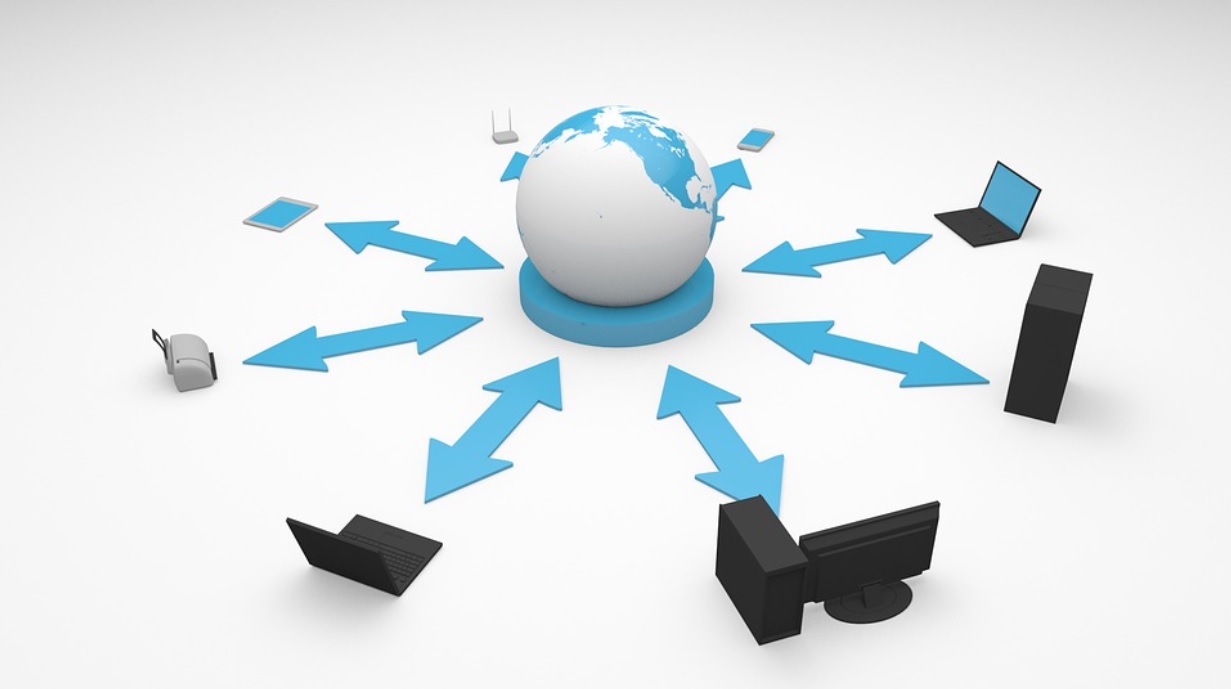Like most industries, healthcare is evolving at a rapid pace. There are prominent hospitals and small doctors’ clinics in almost every nook and cranny of the world, making it feasible and simple for people to acquire medical help. However, at the same time, one healthcare aspect deserves continuous attention: quality improvement.
In essence, quality improvement is the strategy for methodically improving the standard of care. Furthermore, quality improvement initiatives aim to create predictable outcomes, eliminate variance, and improve healthcare systems, safety, and patient care. Healthcare providers are trying to redefine and optimize their systems and foster perfection.
For healthcare facilities looking to put forth a commendable standard of care, here are some of the best quality improvement tips to consider:
Identify areas for improvement
One of the essential steps in quality improvement is to identify areas of improvement. Healthcare facilities can use various methods to identify areas for improvement.
One way to gather patient feedback is to conduct patient surveys. Patient surveys can help healthcare facilities identify improvement areas and gain insight into patient satisfaction. Staff feedback can also be gathered through surveys or focus groups.
Observation is another way to identify areas for improvement. Data analysis is yet another essential tool for identifying areas for improvement. Furthermore, healthcare facilities should gather data on key performance indicators, such as readmission rates, patient satisfaction scores, and infection rates. Analyzing this data can help identify areas to make improvements.
Prioritize staff training
Conducting staff training can have a significant impact on the quality of care provided in healthcare facilities. Training healthcare staff regularly will help improve their performance and deliver high-quality patient care. You can also encourage your employees to enroll in healthcare management classes online and gain the necessary skills and knowledge conveniently.

Furthermore, training can help healthcare staff stay up-to-date with the latest advancements in medical technology and treatment protocols, leading to more accurate diagnoses, better treatment outcomes, and higher patient satisfaction.
Additionally, staff training can help healthcare professionals develop better communication skills, improving patient-provider interactions and promoting a workplace culture of respect and empathy. This can ultimately lead to better patient outcomes and an enhanced reputation for the healthcare facility.
Enhance the culture and environment of your facility
The culture of a healthcare facility affects everyone involved in providing healthcare, from management to patients and doctors. As a result, when an organization’s culture is weak, patients feel that their care team needs to be better integrated and functioning, ultimately affecting the organization’s quality. On the other hand, when there is a dependable and strong company culture, patients receive a more reliable care team, improving patient care, satisfaction, and quality.
Develop a healthy and balanced team
Members of a good team should come from various backgrounds and have a range of abilities and expertise. The IHI states that one of the essential phases in the quality improvement process is putting together a balanced team.
A clinical specialist with the background required to make wise clinical judgments should be on the team, along with a project manager who can handle day-to-day responsibilities and keep everyone on track. In addition to this, there should be a senior leader to advise, monitor, and advocate for the team.
Focus on patient safety
Patient safety is an essential component of providing high-quality healthcare. Healthcare facilities should focus on patient safety as part of their quality improvement efforts to ensure patients receive safe and effective care.
By implementing safety protocols, educating staff members on safety practices, conducting regular safety audits, promoting a safety culture, and using technology to improve safety, healthcare facilities can improve patient outcomes, reduce costs, and increase efficiency. Ultimately, prioritizing patient safety is critical for providing the best possible care to patients.
Involve staff in the quality improvement process
.Involving staff in the quality improvement process is crucial for success. Staff members involved in the quality improvement process are more likely to be committed to making improvements and implementing changes. They also better understand the areas that need improvement and can provide valuable insights into potential solutions.
Healthcare facilities should establish a quality improvement team of staff members from all levels. The team should be responsible for identifying areas for improvement, developing action plans, implementing changes, and monitoring progress. The team should meet regularly to discuss progress and to identify any obstacles that need to be addressed.
Use technology to improve efficiency and accuracy

Technology can play a vital role in quality improvement. Healthcare facilities can use technology to improve efficiency and accuracy in various areas, such as data collection, patient care, and communication.
For example, electronic health records (EHRs) can help healthcare facilities to collect and store patient data more efficiently. EHRs can also provide real-time access to patient information, allowing healthcare providers to make more informed decisions about patient care.
Telehealth is another technology that can help healthcare facilities to improve patient care. Telehealth allows patients to receive care remotely, reducing the need for in-person visits. Telehealth can be especially beneficial for patients living in remote areas or with mobility issues.
Apart from that, encouraging patients to use wearable technology, such as activity trackers, can be an excellent way to boost the quality of care. Since more sophisticated gadgets can track patient health indicators like blood pressure, diet, and heart rate while in use, this may lessen their need to visit a doctor. Additionally, patients can perform monitoring at home with constant access to a doctor, rather than traveling to a clinic. The doctor can be alerted and take action if the blood pressure of a patient being monitored increases.
Lastly, communication technology can also help healthcare facilities to improve communication between staff members and patients. For example, secure messaging platforms can help staff members communicate more efficiently, reducing the need for phone calls and emails.
In Summary
Quality improvement in healthcare facilities is crucial for improving patient outcomes, increasing efficiency, and reducing costs. By implementing the tips discussed in this blog, healthcare facilities can boost their quality of care. Furthermore, healthcare providers and staff should be committed to the quality improvement process and monitor their progress continuously. By prioritizing quality improvement, healthcare facilities can continue to improve their services and ensure patients receive the care they deserve.
